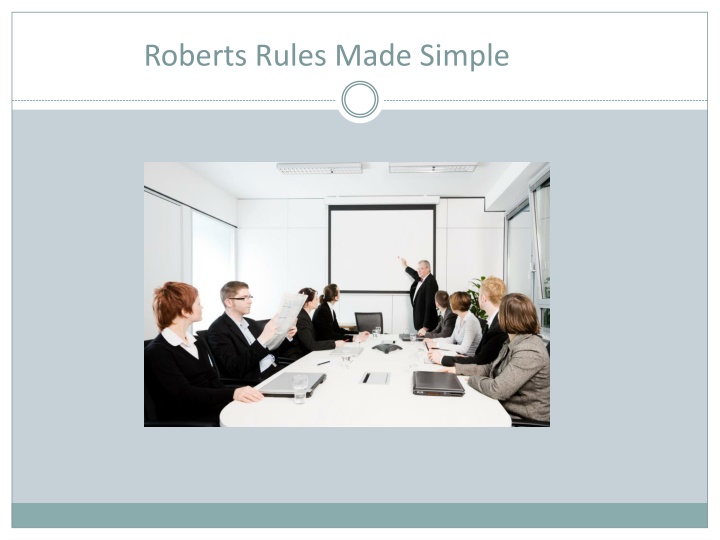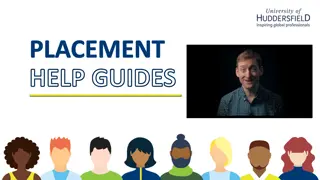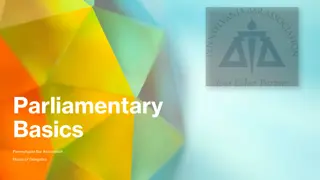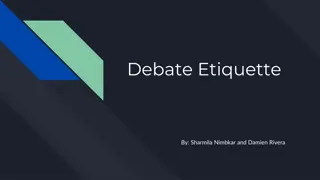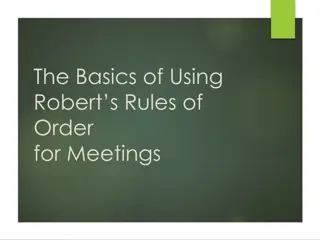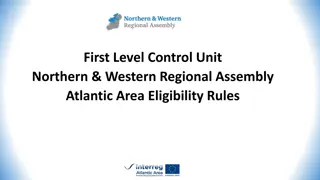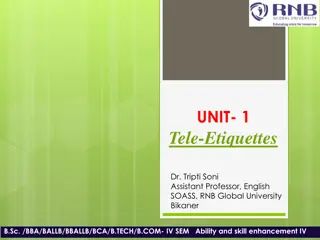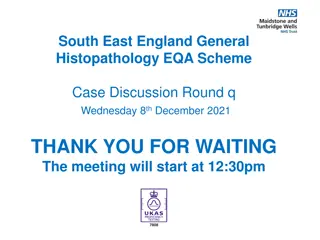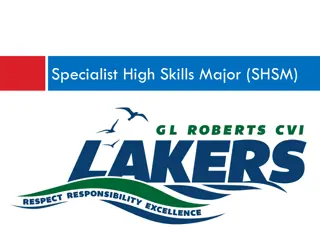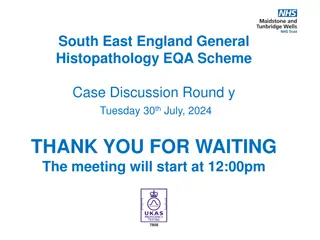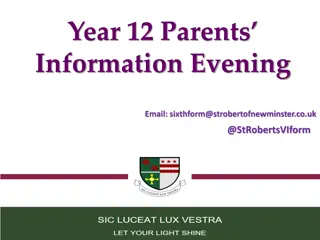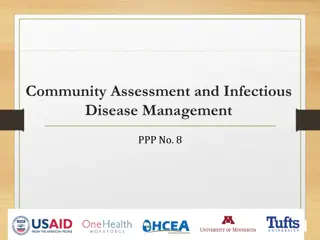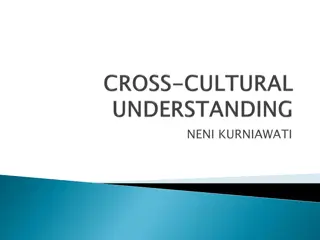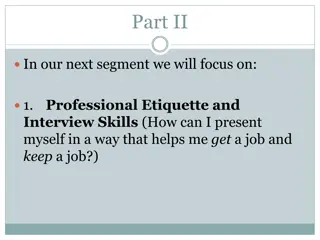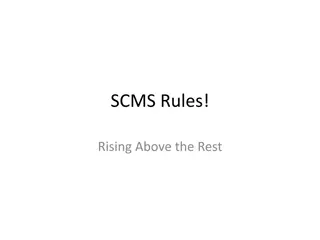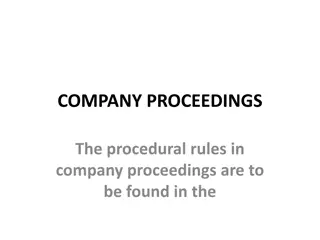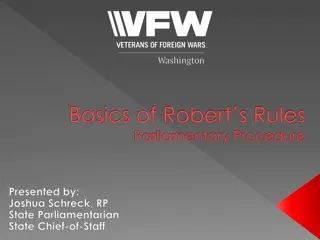Roberts Rules Made Simple - Meeting Etiquette and Procedures
Learn the essential guidelines for conducting effective meetings following Robert's Rules Made Simple. From basic meeting practices to handling roll call, public comments, discussion items, and action items, this guide provides valuable insights for smooth meeting proceedings. Understand the importance of attendance, agenda review, and maintaining decorum during meetings. Explore key concepts like amendments, main motions, and reports/announcements. Enhance your meeting management skills with clear rules and procedures outlined in this comprehensive guide.
Download Presentation

Please find below an Image/Link to download the presentation.
The content on the website is provided AS IS for your information and personal use only. It may not be sold, licensed, or shared on other websites without obtaining consent from the author.If you encounter any issues during the download, it is possible that the publisher has removed the file from their server.
You are allowed to download the files provided on this website for personal or commercial use, subject to the condition that they are used lawfully. All files are the property of their respective owners.
The content on the website is provided AS IS for your information and personal use only. It may not be sold, licensed, or shared on other websites without obtaining consent from the author.
E N D
Presentation Transcript
Basic Practices of Meeting No cell phones. No talking over each other or shouting over each other. No profanity or foul language. All questions need to be directed through the chair. Raise your hand until you are recognized.
Attendance/ Agenda If you're going to be late, leave early, or not attend, you need to email the chair. This is a curiosity. Its important to know who's attending. In order to be prepared you should review the agenda before you arrive at the meeting.
Roll Call/ Public Comment This should move quickly and without discussion. When the public has the floor we need to remain respectful and all questions should still be directed through the chair. Since public comment has a time limit, the parliamentarian should keep a time.
Discussion Items This is when the meeting really starts! Discussion items are just that. They don t require any vote. You re simply just talking about an idea and bouncing ideas around. Stay on topic. Discuss only the issue at hand. i.e. times, dates, places, participation in an event. NO motions or seconds can be made at this time. Only ACTION items require motions and seconds.
Actions Items Amendments Main Motions/Seconds Requires a second. Can only be applied to the MAIN MOTION on the table. Can (1) add words, (2) strike words, and/or (3) substitute new language to the main motion. Each motion requires a second and a vote. Ex: I move that we approve to donate $500.00 to the XYZ foundation Is there a second? Now we vote. Because a resolution/ decision was made in the discussion items, there is no need for more discussion during action items unless
Reports/Announcements These should be done quickly. Its best to prepare these before the meeting begins.
Definitions Refer to a committee- This says you re going to refer an item to a committee that has more experience. Questions that must be answered 1. What committee? 2. Time it will come back to agenda Postpone definitely- Put on hold until a definite time. Lay on the table- The assembly has more urgent pertinent business. I.e. presentation, speakers, etc.
Overview Roberts Rule shouldn t supersede your bylaws. It s simply guidelines to run more effective and better meetings. Meetings can be the most productive part of your day or the biggest waste of time. The good news is it s up to you. You get to decide which one you chose
